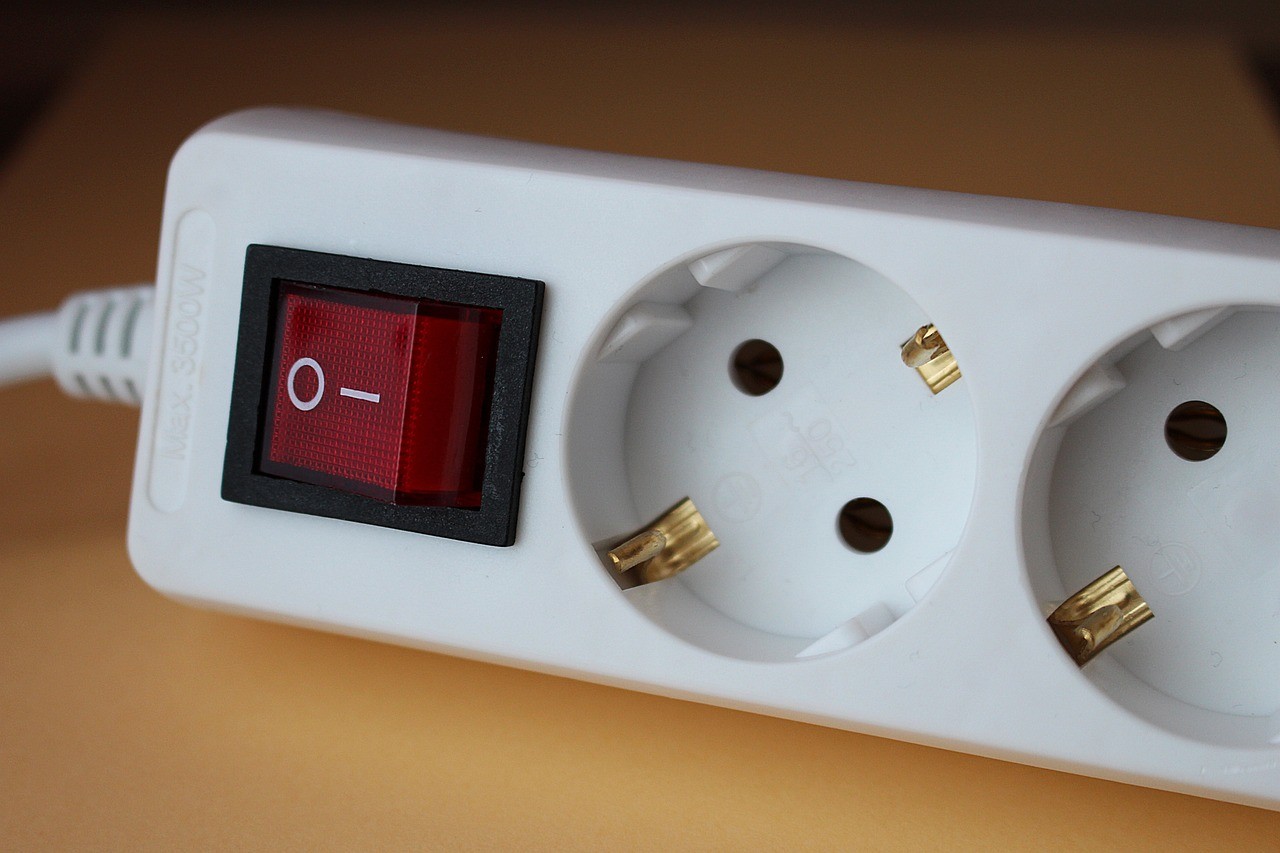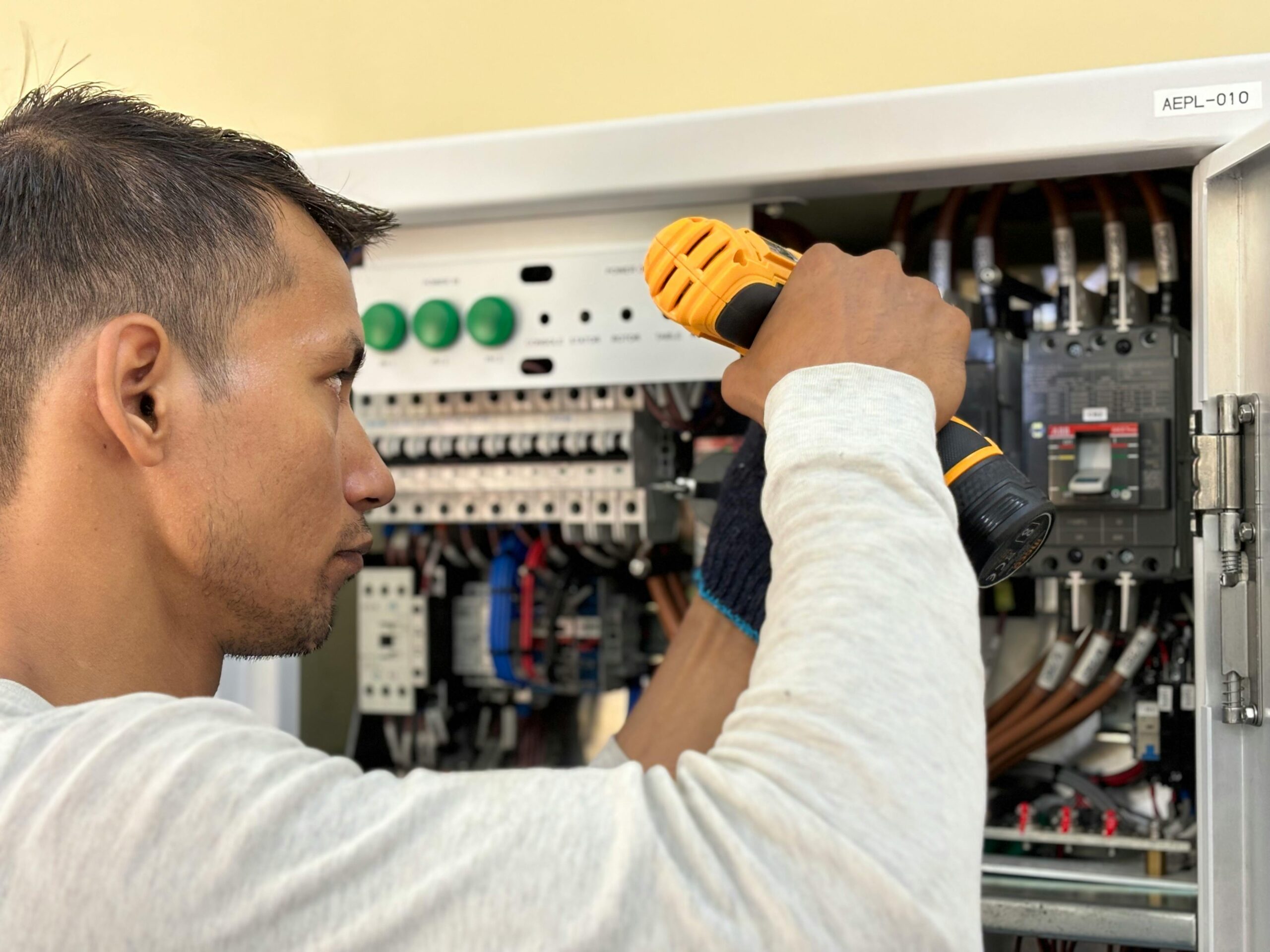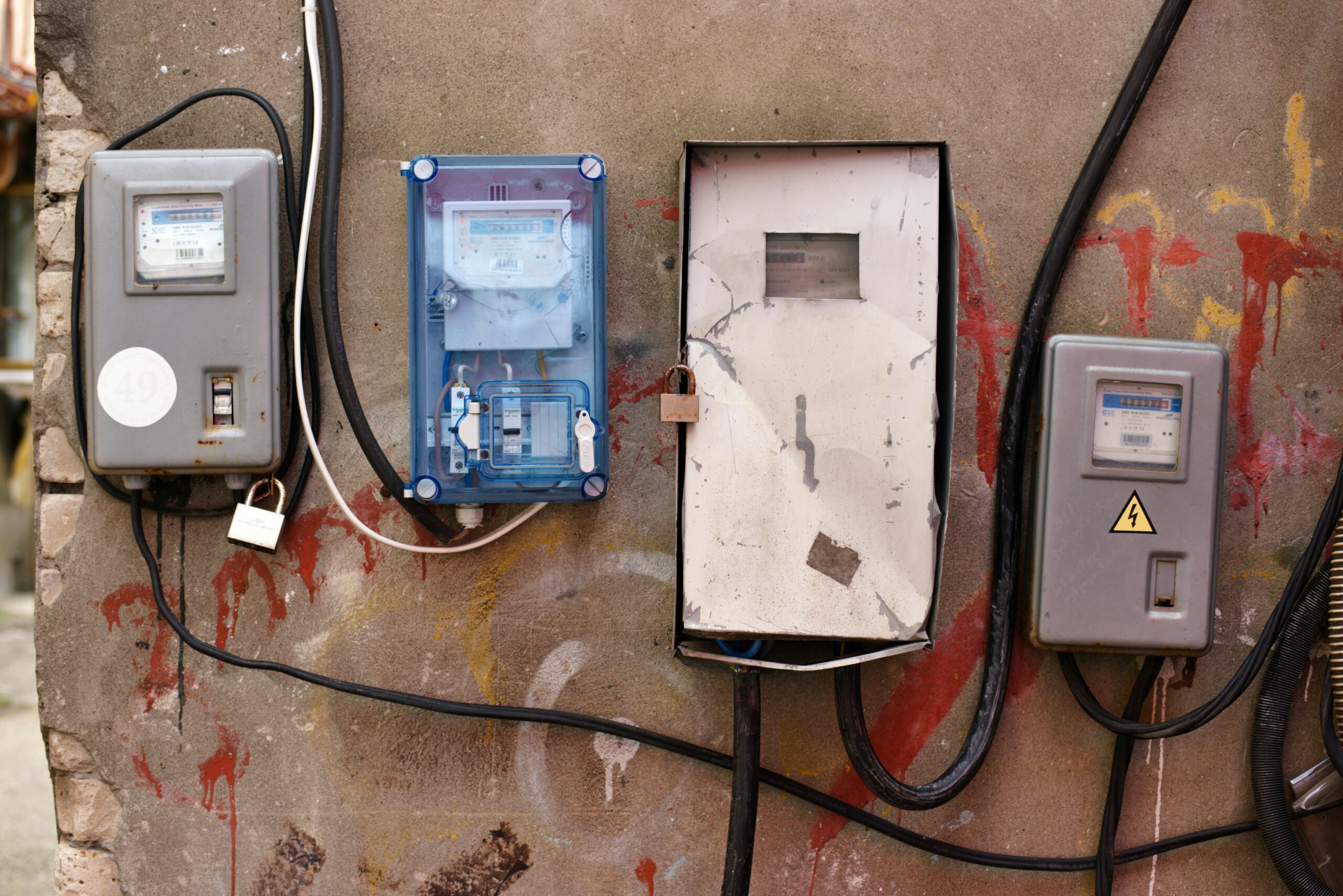A dead outlet refers to an electrical outlet that has lost power or fails to deliver electricity. It is characterized by the inability to charge devices or power appliances that are plugged into it. Identifying a dead outlet typically involves testing the outlet with multiple devices or using a voltage tester to confirm the absence of electrical flow.
Dead outlets can result from various issues, ranging from simple to complex. One of the most common causes is a tripped circuit breaker, which can occur when the electrical system is overloaded or faces a short circuit. Another prevalent reason is a blown fuse in homes that still use fuse-based systems.
Additionally, faulty wiring within the outlet itself or the electrical circuit can lead to power loss. Wear and tear over time may also cause outlets to become non-functional, necessitating replacement to ensure safety and functionality.
Understanding Electrical Outlets
Electrical outlets are the gateways through which devices tap into the electrical wiring of a house. Typically, an outlet is connected to a series of wires that route back to the main electrical panel. This panel distributes electricity from the utility company into various circuits within the home.
Under normal conditions, when a device is plugged into an outlet, it completes an electrical circuit. Electricity flows through the “hot” wire, powers the device, and then returns to the panel via the “neutral” wire. A grounding wire provides an additional safety path for electricity in case of a fault.
Identifying a dead outlet is relatively straightforward. The most obvious sign is when devices or appliances fail to turn on after being plugged in. However, there are other indicators too, such as:
- A burning smell emanating from the outlet, suggesting overheating or damage.
- Discoloration or scorch marks on the outlet cover indicate potential fire hazards from within.
- A buzzing or humming noise could point to faulty wiring or an electrical short.
- The outlet feels unusually warm to the touch, signaling that the wiring may be overloaded.
Recognizing these signs early can prevent potential hazards and ensure the safety and efficiency of your home’s electrical system.
Potential Dangers of Dead Outlets
Dead outlets, often overlooked in daily life, can pose significant risks if not addressed promptly. One of the most alarming dangers is the risk of electrical fire. A seemingly inactive outlet might be dead due to faulty wiring or an overheating issue, conditions ripe for sparking electrical fires.
In some cases, the problem isn’t with the outlet itself but with the wiring behind it, which, if damaged or improperly installed, can lead to overheating and eventually, a fire hazard. What makes this particularly dangerous is that the problem can go unnoticed until it’s too late, especially if the outlet is hidden behind furniture or rarely used.
Dead outlets can contribute to electrical surges. This might seem counterintuitive since the outlet doesn’t work, but the issue often lies within the electrical circuit.
If the wiring is compromised, it can affect the overall distribution of the electrical connection, causing surges that damage other appliances connected to the same circuit. These surges can drastically reduce the lifespan of expensive electrical appliances, leading to unnecessary and costly replacements.
Lastly, beyond the more dramatic risks, dead outlets can also harm your appliances in subtler ways. For instance, if electrical devices are consistently plugged into an outlet that fails to provide steady power, it can wear down the appliance’s internal mechanisms over time.
Intermittent power can cause an electrical shock, make appliances reset repeatedly, work harder than they need to, or shut down unexpectedly, reducing their efficiency and operational life.
The Role of Wiring in Outlet Safety
Proper wiring is the bedrock of electrical safety within any home or building. It ensures that electricity is efficiently and safely distributed to various outlets, appliances, and devices without overloading the system. Properly implemented wiring adheres to strict codes and regulations designed to prevent electric shocks, short circuits, and fires.
This involves not only the correct gauge and type of wire for specific uses but also the secure and accurate connection of wires to outlets and fixtures. The integrity of these connections directly influences the safety and efficacy of the power supply, making it crucial to ensure that wiring is correctly installed and maintained.
Over time, electrical wiring can deteriorate due to several factors, including corrosion, overheating, and physical damage. Aging wiring poses significant risks as its ability to safely conduct electricity diminishes, increasing the likelihood of electric shocks, short circuits, and electrical fires.
Furthermore, older wiring may not comply with current safety standards and could be insufficient for the energy demands of modern appliances and electronics, leading to overloaded circuits. Recognizing the signs of aging wiring—such as frequent breaker trips, flickering lights, and burning smells—is essential for timely intervention to prevent accidents and ensure ongoing electrical safety.
DIY Checks for Dead Outlets
Step-by-Step Guide to Diagnose
Before contacting a professional, there are a few steps you can take to diagnose a dead outlet:
Safety First
Ensure your safety by turning off the power to the suspected outlet from your home’s electric panel.
Check Other Outlets
Verify if other outlets are operational. This helps identify if the issue is isolated or widespread.
Reset GFCI Outlets
If the dead outlet is a Ground Fault Circuit Interrupter (GFCI) type, press the reset button. Sometimes, GFCIs control multiple outlets and can cause them to go dead when tripped.
Test the Outlet with a Multimeter
After ensuring the power is off, use a multimeter to test the outlet for voltage. If unfamiliar with using a multimeter, consider skipping this step to avoid risk.
Inspect for Visible Damage
Look for any visible signs of damage such as burned marks or smells. This could indicate a serious problem.
When to Seek Professional Help
Consider seeking professional help in the following situations:
If the Initial Checks Don’t Resolve the Issue
If easy fixes like resetting a GFCI outlet don’t work, the problem might require technical knowledge to solve.
After Identifying a Potential Electrical Hazard
Signs of burning, unusual smells, or sparking necessitate immediate professional inspection to prevent potential fires.
Lack of Confidence in DIY Diagnosis
If you’re uncomfortable using a multimeter or unsure about electrical safety practices, it’s better to consult a professional electrician. Safety should always come first.
When they follow these guidelines, homeowners can effectively determine the extent of the issue with a dead outlet and decide whether it’s something they can handle or if it’s time to call in a professional.
Safety Measures for Dead Outlets
When dealing with a non-functional (“dead”) outlet, understanding and implementing both temporary fixes and long-term solutions is crucial for maintaining safety and preventing potential hazards.
Temporary Fixes
Check and Reset the Circuit Breaker
Often, a tripped breaker is the culprit. This is a quick check and potentially an immediate remedy.
Inspect Neighboring Outlets
Sometimes, the issue with one outlet can be due to a fault in another outlet on the same circuit. Testing and resetting these can sometimes restore functionality.
Unplug Devices
Remove all devices from the dead outlet. Sometimes, outlet overload can trigger safety mechanisms, cutting off power.
Long-Term Solutions
Professional Inspection
If temporary fixes don’t restore power, it’s essential to call a licensed electrician to inspect the outlet. This can uncover underlying issues such as faulty wiring or a deteriorating outlet.
When you repair dead outlets, tripped breakers, and fix any problems you have in your electrical box as a consequence of your issues with your outlets, you can stop worrying about hazards and damages to your appliances.
Upgrading Electrical Wiring
Older homes may not be equipped to handle modern electrical demands. Upgrading the electrical wiring, including outlets, can prevent future dead outlets and reduce fire risks.
Installing GFCI Outlets
For outlets located in areas prone to moisture (kitchens, bathrooms), replacing them with Ground Fault Circuit Interrupter (GFCI) outlets offers an additional layer of protection against the risks of shock and electrocution.
Common Misconceptions
One prevalent myth surrounding dead outlets is that they pose no danger because they are not functioning. People often assume that a non-operational outlet disconnects from the electrical system, becoming as harmless as an unused piece of furniture.
Another widespread belief is that all outlet issues can be resolved by resetting the circuit breaker. This misconception leads many to overlook the potential underlying problems causing the outlet failure.
Contrary to common belief, dead outlets can indeed present several hazards. Firstly, an outlet may become non-functional due to loose or damaged wiring. This can lead to arcing – a phenomenon where electricity jumps over gaps in the connection, potentially igniting surrounding materials.
Secondly, a dead outlet might still be conducting electricity, posing a shock risk to anyone who assumes it is completely inert and attempts to investigate or repair it. Lastly, while resetting a tripped circuit breaker can sometimes restore power to an outlet, this action does not address the cause of the trip. Ignoring the root problem can lead to more significant electrical system issues over time.
Summary
During our investigation into the potential dangers of dead outlets, we discovered several critical points. First and foremost, while a dead outlet might seem like a minor inconvenience, it can be indicative of underlying electrical issues, such as loose connections or outdated wiring. These issues, if unresolved, could lead to more severe problems, including electrical fires.
Furthermore, our research reveals that dead outlets could also result from a tripped circuit breaker or a blown fuse, both of which serve as vital safety mechanisms to prevent overloading and overheating in your electrical system.
The primary takeaway for our readers is the importance of not ignoring dead outlets. If you encounter one in your home, it’s crucial to take prompt action by contacting a professional electrician to diagnose and fix the issue.
This will not only ensure your home’s electrical system is functioning safely and efficiently but will also offer peace of mind knowing that you’re taking proactive steps to prevent potential hazards. Additionally, regular electrical maintenance checks are recommended to identify and rectify any issues before they escalate into more significant problems.
We help companies refine their messaging, hone in their sales process, and grow their pipeline – all with a new website.




